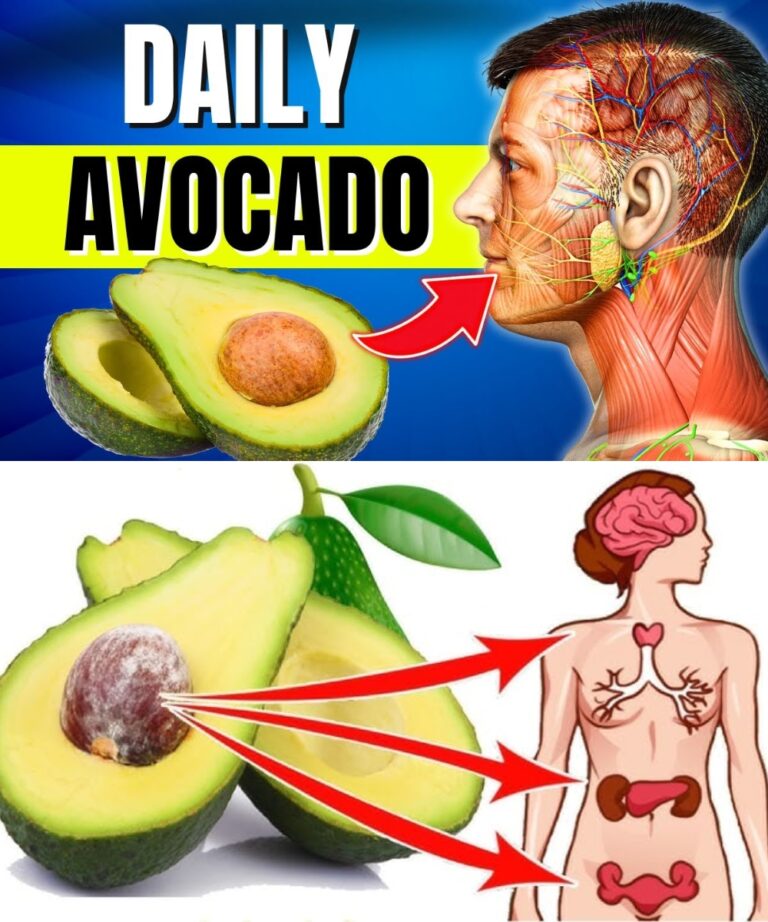When pain strikes, most people run for the pill bottle. But what if you could ease your discomfort naturally, using remedies that have stood the test of time—without side effects? From your kitchen spice rack to ancient herbal traditions, here are the top 10 plant-based painkillers proven by both science and generations of use. Let’s dive into nature’s pharmacy!
🔥 1. Turmeric – The Golden Healer
Turmeric isn’t just a curry spice—it’s a natural anti-inflammatory powerhouse. Its active compound curcumin fights joint pain, muscle soreness, and even arthritis.
👉 How to use: Add 1 tsp of turmeric + a pinch of black pepper to tea, smoothies, or soups daily. Black pepper boosts curcumin absorption by up to 2,000%!
🌱 2. Ginger – The Everyday Pain Reliever
Ginger fights inflammation like a pro and helps relieve menstrual pain, migraines, and sore muscles. It works similarly to ibuprofen—without the gut damage.
👉 How to use: Drink fresh ginger tea or add grated ginger to meals for daily relief.
🌿 3. Willow Bark – Nature’s Aspirin
Used since ancient times, willow bark contains salicin, the original form of aspirin. It’s great for headaches, back pain, and arthritis.
⚠️ Note: Not for kids, pregnant women, or those with aspirin allergies.
👉 How to use: Brew into a tea or take standardized supplements.
🌶️ 4. Capsaicin – The Hot Pain Blocker
Found in chili peppers, capsaicin dulls pain by blocking nerve signals. Perfect for nerve pain, arthritis, and muscle aches.
👉 How to use: Apply capsaicin cream topically (start with a small amount to test sensitivity).
🌸 5. Cloves – The Toothache Hero
Thanks to eugenol, cloves act as a natural anesthetic. Traditionally used for tooth pain, but also effective for general inflammation.
👉 How to use: Dab clove oil on sore areas or chew a clove for tooth discomfort.
💜 6. Lavender Oil – Calm & Comfort
Lavender isn’t just relaxing—it reduces migraine pain, muscle tension, and even post-op pain. Studies show it’s a real natural analgesic.
👉 How to use: Inhale via diffuser or massage diluted lavender oil onto temples or sore muscles.
🌬️ 7. Peppermint Oil – Cooling Relief
With its menthol punch, peppermint oil brings cooling relief for headaches, cramps, and tension.
👉 How to use: Mix with carrier oil (like coconut oil) and massage into sore spots or temples.
🌳 8. Boswellia – The Ancient Anti-Inflammatory
Also known as Indian frankincense, Boswellia reduces inflammation and eases pain from arthritis, IBS, and asthma.
👉 How to use: Take in capsule or resin supplement form—consult your healthcare provider first.
🧂 9. Magnesium – The Muscle Relaxer
Low magnesium = more pain. It’s crucial for muscle and nerve relaxation, especially helpful for migraines and fibromyalgia.
👉 How to use: Eat magnesium-rich foods (spinach, almonds, avocado) or take a daily supplement.
🐟 10. Omega-3 Fatty Acids – The Inflammation Fighters
These healthy fats reduce joint stiffness, back pain, and inflammation overall.
👉 How to use: Add walnuts, flaxseed, chia, or fatty fish (like salmon) to your diet. Or take fish oil supplements.
🧘 Final Thoughts: Let Nature Do the Healing
Why rely only on pills when you’ve got nature’s medicine cabinet at your fingertips? These 10 natural painkillers are effective, gentle on the body, and rich in history. Whether it’s a daily ache or a deeper chronic condition, try turning to these plant-powered remedies to feel better—naturally.
⚠️ Always consult a healthcare provider before using herbs or supplements, especially if you’re pregnant, nursing, or on medication.









Leave a Reply